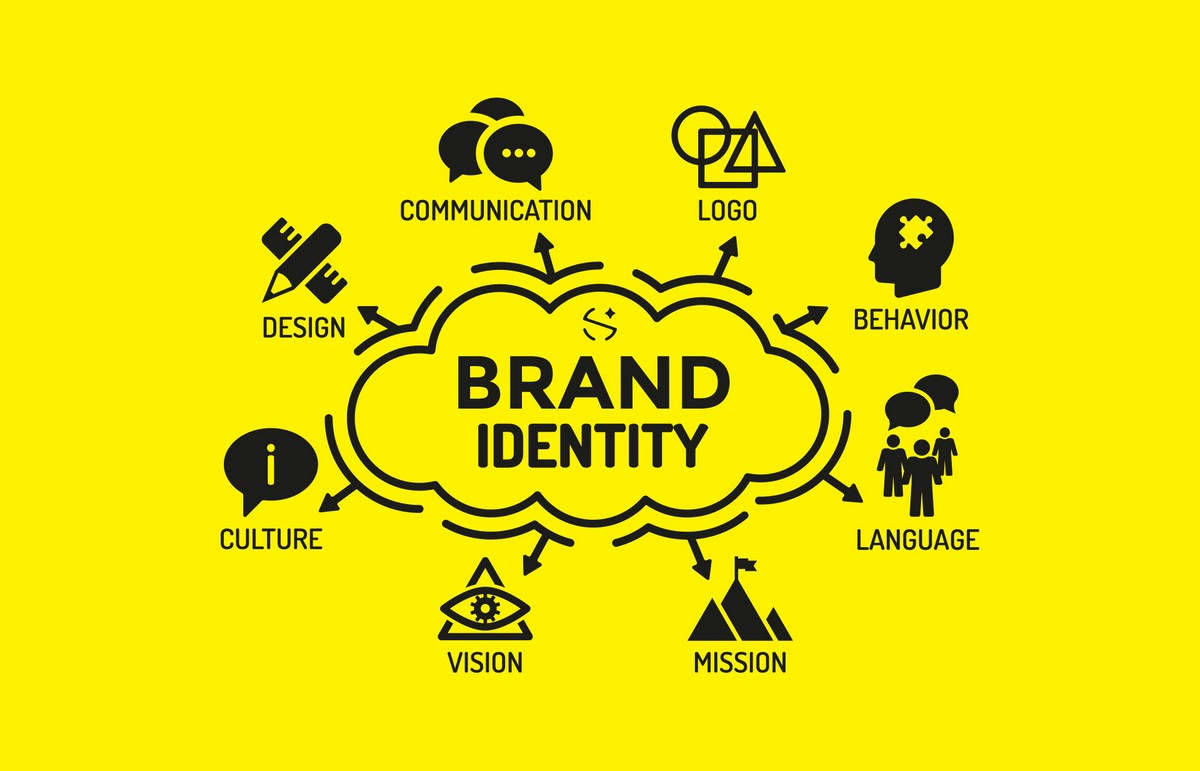Introduction: In today’s competitive marketplace, establishing a strong brand identity is essential for businesses to stand out, build trust with customers, and drive long-term success. Brand identity encompasses the visual, verbal, and emotional elements that distinguish a brand and shape how it is perceived by its target audience. In this comprehensive guide, we will explore the step-by-step process of establishing a compelling brand identity, from defining your brand values to executing your brand strategy across various touchpoints.
Step 1: Define Your Brand Values and Mission The first step in establishing brand identity is to define your brand values and mission. Ask yourself what your brand stands for, what sets it apart from competitors, and what value it delivers to customers. Consider the core principles, beliefs, and aspirations that guide your brand’s actions and decisions. Your brand values and mission statement will serve as the foundation for all subsequent branding efforts.
Step 2: Understand Your Target Audience To create a brand identity that resonates with your target audience, you must have a deep understanding of their needs, preferences, and behaviors. Conduct market research, analyze demographic data, and gather insights into consumer attitudes and motivations. Develop buyer personas that represent your ideal customers and tailor your brand identity to meet their specific needs and desires.
Step 3: Conduct a Brand Audit Before crafting your brand identity, conduct a comprehensive brand audit to assess your current brand assets, messaging, and visual identity. Evaluate existing brand elements such as logos, color schemes, typography, and messaging consistency. Identify areas where your brand is strong and areas where improvements can be made to better align with your brand values and target audience preferences.
Step 4: Define Brand Elements Once you have a clear understanding of your brand values, target audience, and current brand assets, it’s time to define your brand elements. This includes:
- Brand Name: Choose a name that is memorable, meaningful, and reflective of your brand’s personality and values.
- Logo: Design a logo that visually represents your brand identity and resonates with your target audience. Consider factors such as color psychology, symbolism, and scalability when designing your logo.
- Color Palette: Select a color palette that evokes the desired emotions and associations for your brand. Choose colors that are consistent with your brand values and appeal to your target audience.
- Typography: Choose fonts that reflect your brand’s personality and enhance readability across various marketing materials and digital platforms.
- Voice and Tone: Develop a distinct voice and tone for your brand that reflects its personality and resonates with your target audience. Consider factors such as language, style, and messaging consistency.
Step 5: Develop Brand Messaging Craft compelling brand messaging that communicates your brand values, mission, and unique selling points to your target audience. Develop key messages and taglines that encapsulate your brand identity and resonate with your audience’s aspirations and pain points. Ensure consistency in messaging across all brand touchpoints, including website copy, social media posts, advertising campaigns, and customer communications.
Step 6: Create Visual Identity Design a cohesive visual identity that reflects your brand values, personality, and messaging. Develop brand guidelines that outline specifications for logo usage, color palettes, typography, imagery, and design elements. Ensure consistency in visual identity across all brand collateral, including website design, marketing materials, packaging, and signage.
Step 7: Build Brand Awareness Once you have defined your brand identity and developed brand assets, it’s time to build brand awareness among your target audience. Implement a multi-channel marketing strategy that leverages various touchpoints to reach and engage your audience. Utilize digital marketing channels such as social media, content marketing, email marketing, and search engine optimization (SEO) to increase brand visibility and drive traffic to your website.
Step 8: Foster Brand Engagement Engage with your audience through meaningful interactions and experiences that reinforce your brand identity and values. Foster brand engagement through social media engagement, customer feedback, and community-building initiatives. Encourage user-generated content, testimonials, and reviews to amplify your brand message and build trust with potential customers.
Step 9: Monitor and Adapt Monitor brand performance and consumer sentiment to assess the effectiveness of your brand identity efforts. Track key performance indicators (KPIs) such as brand awareness, brand sentiment, customer loyalty, and market share. Gather feedback from customers and stakeholders to identify areas for improvement and adapt your brand strategy accordingly.
Step 10: Evolve and Innovate Brand identity is not static; it evolves over time in response to changing market dynamics, consumer trends, and business goals. Continuously innovate and evolve your brand identity to stay relevant and competitive in the marketplace. Experiment with new messaging, visual elements, and brand experiences to keep your brand fresh and engaging for your audience.
Conclusion: Establishing a compelling brand identity is a multi-faceted process that requires careful planning, creativity, and consistency. By following the step-by-step process outlined in this guide and leveraging best practices in branding and marketing, you can create a distinctive brand identity that resonates with your target audience and drives long-term success. Remember that building a strong brand takes time, effort, and dedication, but the rewards of brand loyalty, customer trust, and market differentiation make it well worth the investment.
